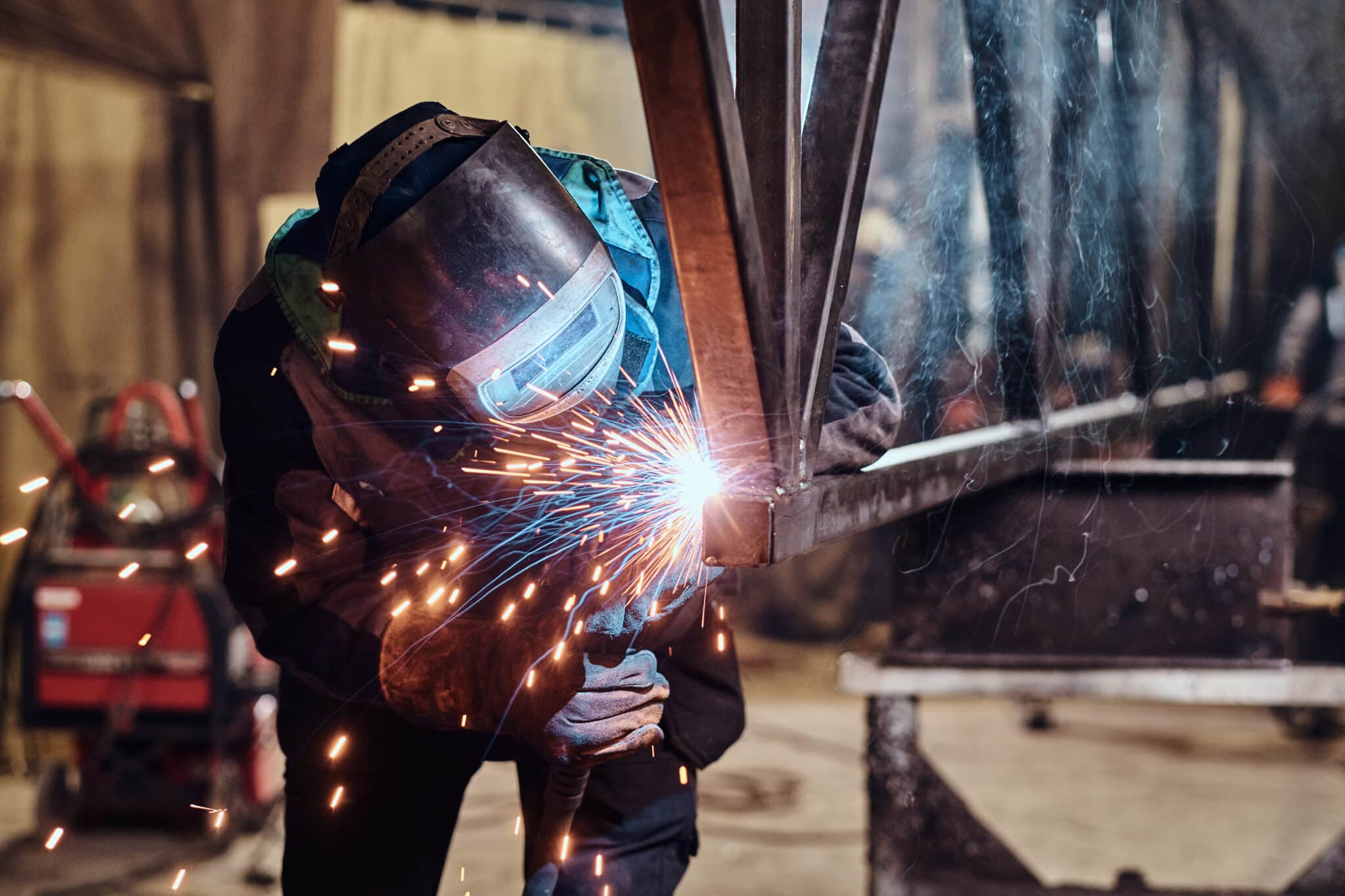Safety Tips Every Professional Should Follow When Using Hand Welding Extruders
When working with hand welding extruders, safety is paramount. While these tools are indispensable for thermoplastic welding, improper use can lead to injuries or damage to your equipment. Imagine starting a project full of confidence only to encounter setbacks due to avoidable safety mishaps. Whether you’re an experienced welder or just getting started, following safety best practices is essential for achieving precise, high-quality results while protecting yourself and your team.
In this guide, we’ll explore actionable safety tips, real-world examples, and expert advice to help you operate hand welding extruders with confidence and care.
1. Inspect Your Equipment Before Every Use
Before powering up your hand welding extruder, take a few minutes to inspect the tool for any visible damage or wear. Look for:
- Frayed power cords
- Clogged or damaged nozzles
- Loose or missing components
Example:
A professional welder in the automotive industry noticed a loose nozzle during his routine inspection. By tightening it before starting the job, he avoided uneven welds and potential damage to the thermoplastic material.
2. Wear the Right Protective Gear
Personal protective equipment (PPE) is your first line of defense. Always wear:
- Heat-resistant gloves to shield your hands
- Safety goggles to protect your eyes from flying debris
- Long-sleeved, flame-retardant clothing to minimize burns
Pro Tip:
Invest in quality PPE that’s designed for welding environments. A small upfront cost can prevent major injuries later.
3. Operate in a Well-Ventilated Area
The welding process can emit fumes that may be hazardous if inhaled over time. Ensure your workspace has proper ventilation or use an exhaust system to clear the air.
Story:
A plastics fabricator once reported feeling lightheaded during a lengthy welding session in an enclosed area. After installing a fume extraction system, his productivity improved, and he no longer experienced discomfort.
4. Set the Correct Temperature and Speed
Hand welding extruders operate at high temperatures to melt thermoplastics. Setting incorrect parameters can result in:
- Damaged materials
- Inconsistent welds
- Overheating hazards
Tip:
Refer to the manufacturer’s guidelines for recommended settings based on the material you’re working with.
5. Keep Your Workspace Organized
A cluttered workspace increases the risk of accidents. Keep cords, tools, and materials neatly arranged to avoid tripping or damaging your equipment.
Example:
An industrial flooring installer emphasized the importance of an organized workspace. By keeping cables off the floor, he significantly reduced the risk of falls and equipment damage.
6. Stay Focused and Avoid Fatigue
Welding requires concentration. Taking regular breaks can prevent fatigue, which is a leading cause of errors and accidents.
Pro Tip:
Use task timers to schedule breaks, especially during long welding sessions.
7. Know Emergency Procedures
Familiarize yourself with your workplace’s emergency protocols. Ensure you know:
- The location of fire extinguishers
- First aid procedures for burns or inhalation issues
- How to shut down equipment quickly in case of malfunction
Conclusion
Safety isn’t just about following rules—it’s about creating an environment where you can work confidently and efficiently. By incorporating these safety tips into your daily routine, you’ll not only protect yourself and your team but also enhance the quality of your work. Remember, a well-maintained hand welding extruder in the hands of a safety-conscious professional is a powerful tool for achieving outstanding results.
Stay safe, stay efficient, and keep welding with confidence!






